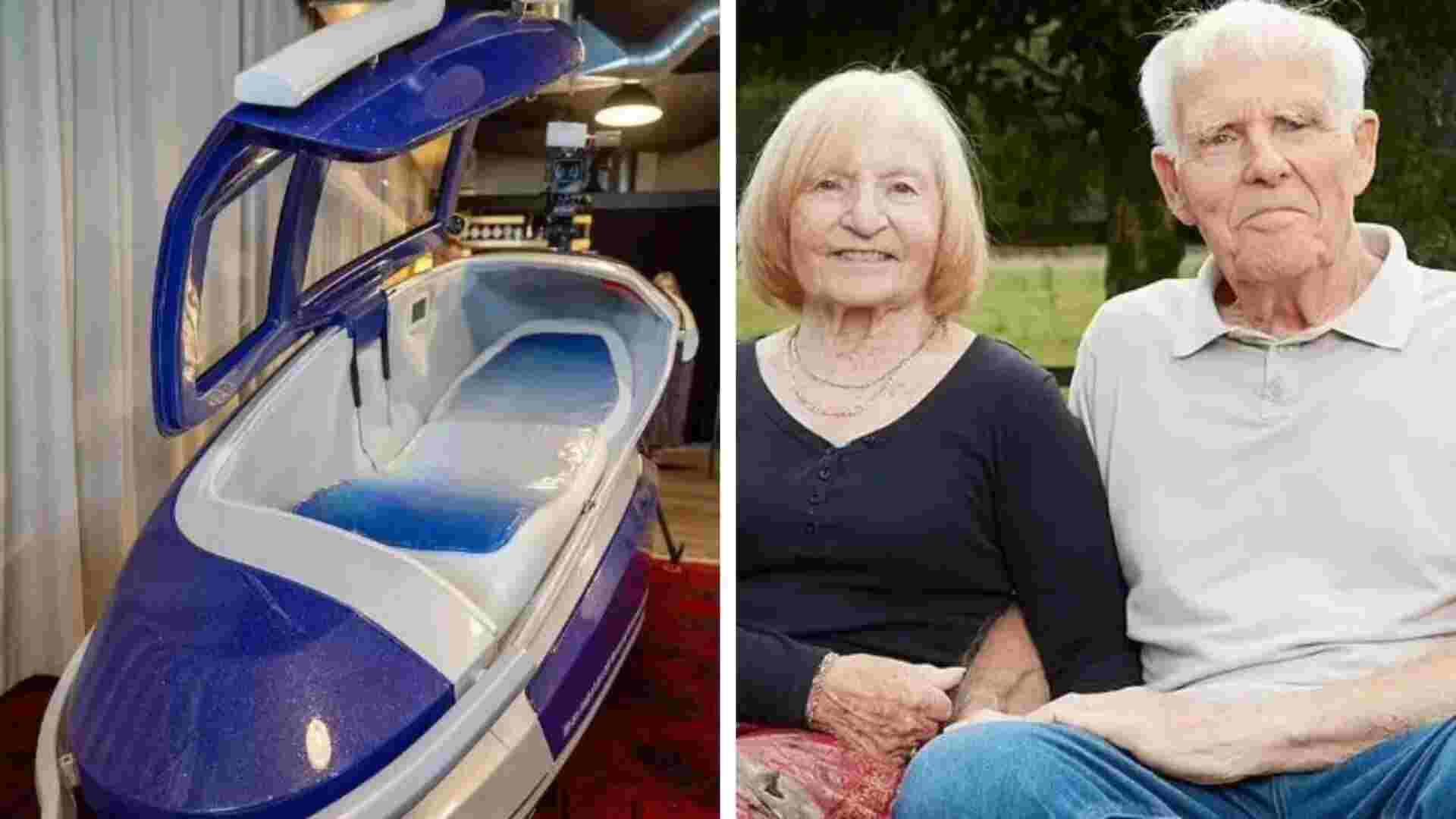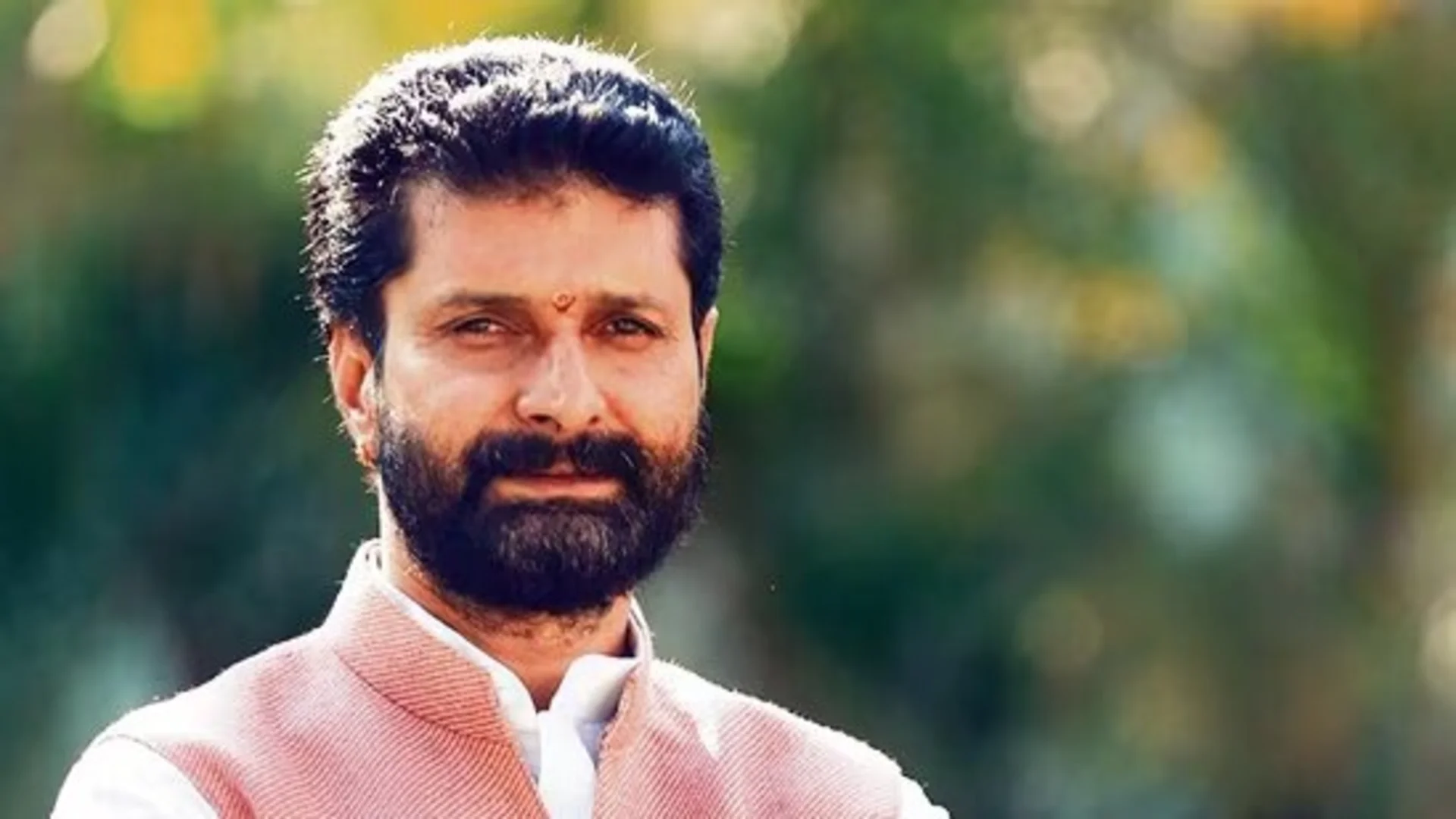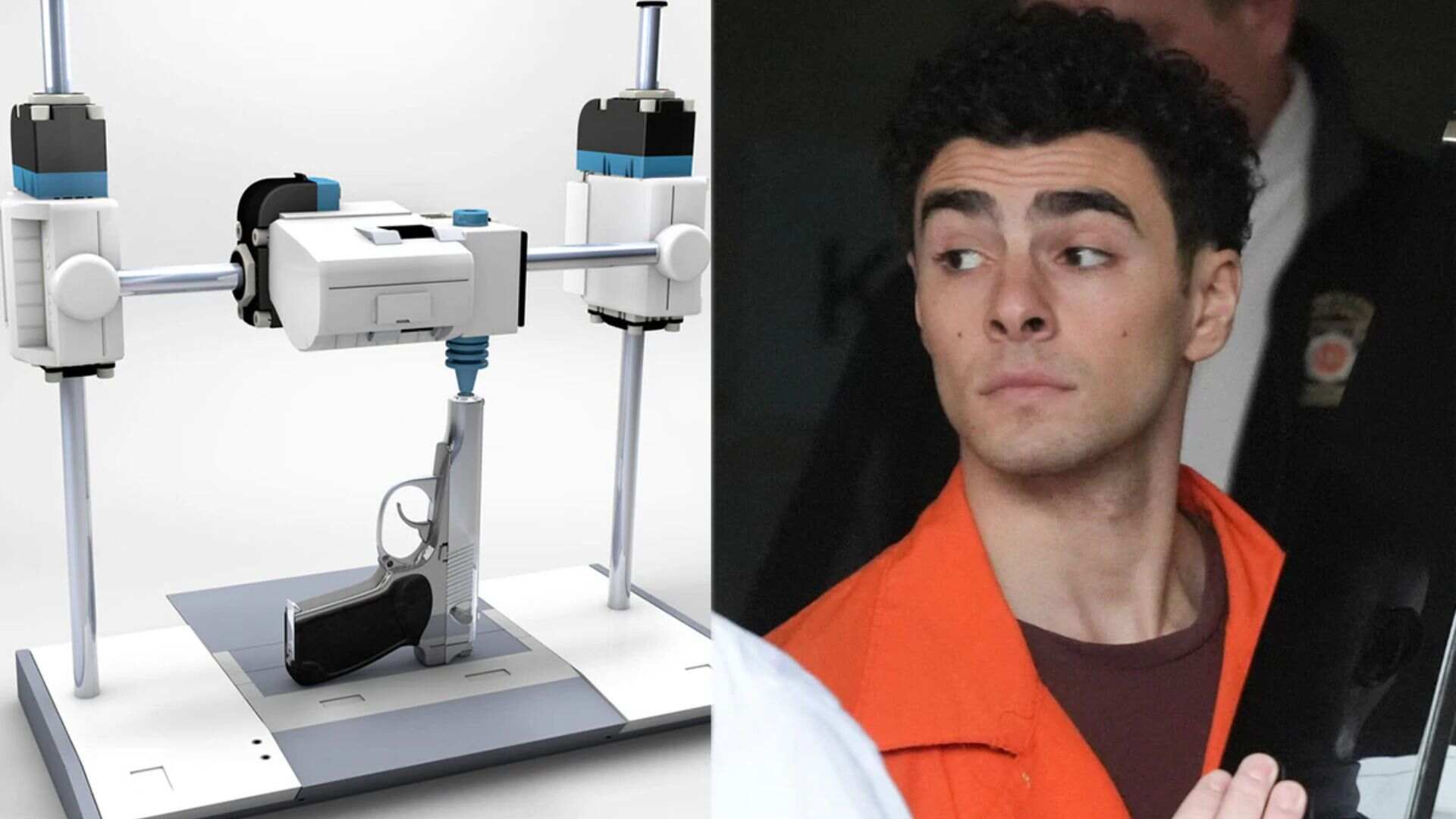An elderly British couple, Peter and Christine Scott, who have been married for nearly 50 years, have decided to end their lives together using a double suicide pod. Christine, 80, was recently diagnosed with early-stage vascular dementia, prompting the couple to seek assisted dying in Switzerland.
Decision Driven by Concerns Over NHS and Care Costs
The Scotts expressed concerns about enduring years of infirmity with a failing NHS and the potential financial strain of long-term care costs. Their children, a son and a daughter, have reluctantly agreed to “respect their choice” for euthanasia.
Peter Scott shared their perspective with the Daily Mail, stating, “We understand other people may not share our feelings and we respect their position. What we want is the right to choose. I find it deeply depressing we can’t do that here in the UK.” He added, “Yet look at the alternative. The chances of getting prompt NHS treatment for the ailments of old age seem pretty remote, so you end up trapped by infirmity and pain. I don’t want to go into care, to be lying in bed dribbling and incontinent – I don’t call that a life. Finally, the Government swoops in to take your savings and your house to pay for it all.”
Registration with The Last Resort and Sarco
Peter and Christine are now registering with The Last Resort, a Swiss organization that offers assisted dying using the Sarco pod, unveiled in July. They plan to wait for the new twin model of Sarco, which will replace 21% oxygen with 100% nitrogen, causing unconsciousness and death within ten minutes.
About Sarco and Its Cost
Sarco, designed by Australian Philip Nitschke—nicknamed Doctor Death by right-to-life opponents—has not yet been used. It was developed following a request from British stroke victim Tony Nicklinson, who wanted a death pod operable by a single blink. Sarco is 3D-printed and costs £16 for the liquid nitrogen, making it more economical than other assisted dying clinics, which typically charge around £10,000. The service is free, but there are additional costs for body removal by funeral directors.
Understanding Euthanasia
Euthanasia involves deliberate actions taken to end one’s life to relieve persistent pain. It is legal only in a few countries and states in the US and is highly controversial. In the US, the legality varies by state.
Types of Euthanasia
Euthanasia can be categorized as voluntary or involuntary, and active or passive. Passive euthanasia involves withholding life-sustaining treatments and administering strong pain-management medications, such as opioids, which may eventually be toxic. Active euthanasia involves using lethal substances or methods to end a person’s life, and is often surrounded by ethical, moral, and compassionate debates.







